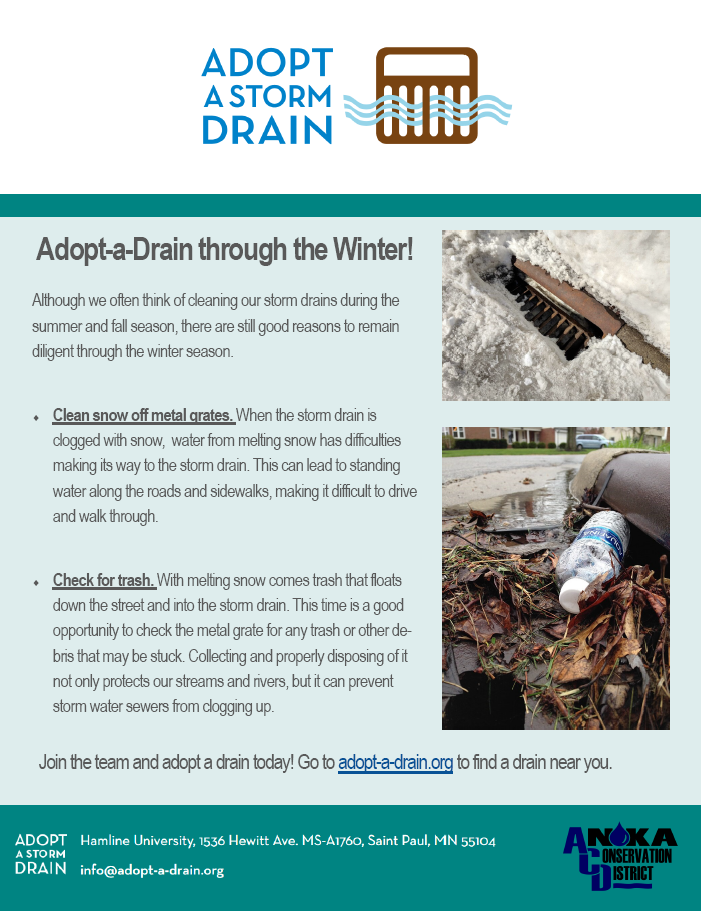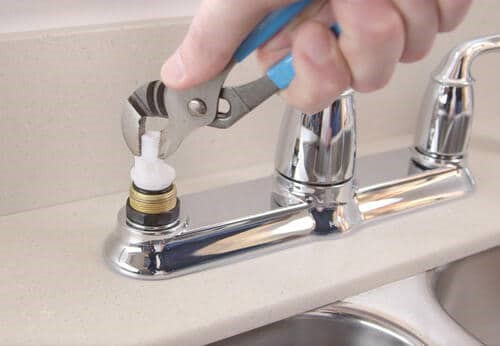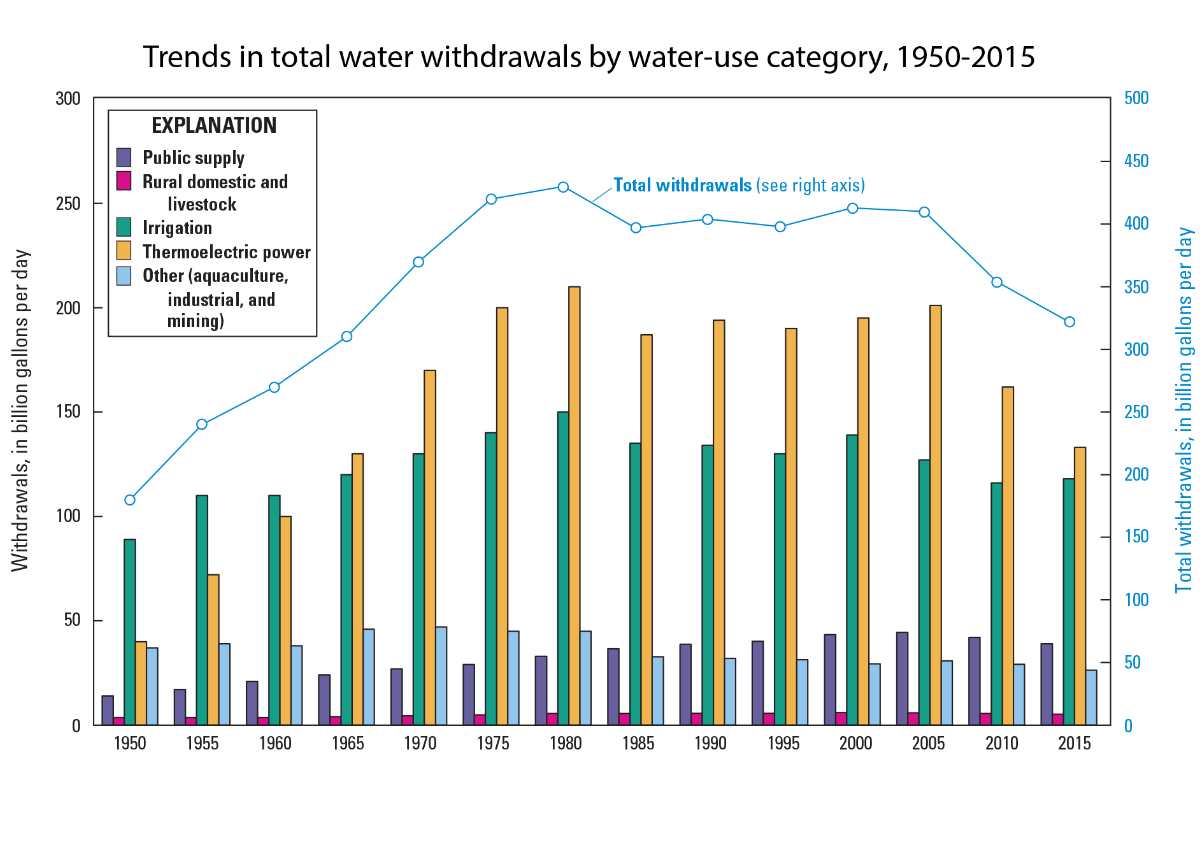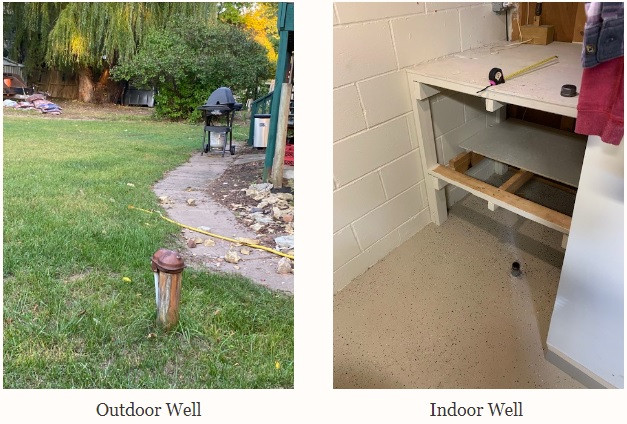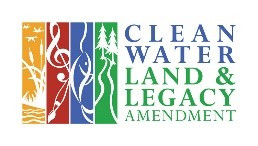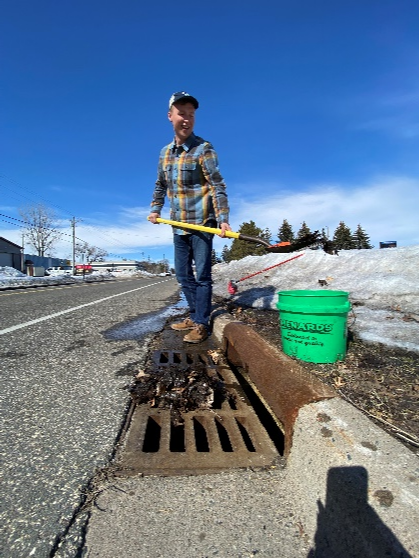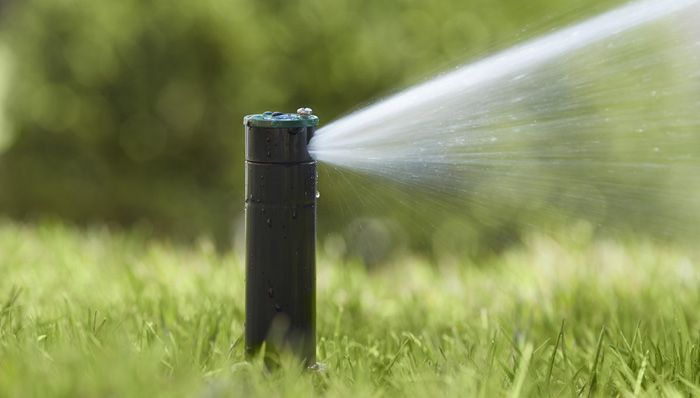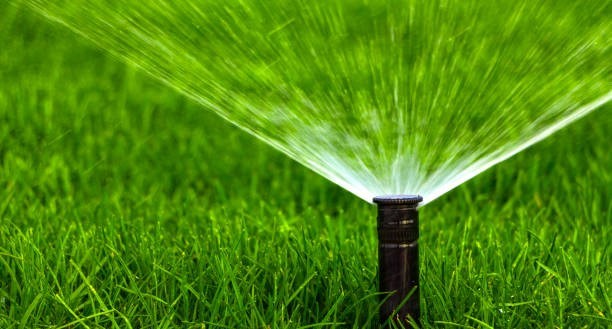ACD has been out in the field, monitoring the water quality and water quantity of Anoka County's streams and rivers. Stream water quality monitoring is conducted to detect and diagnose water quality problems that impact the ecological integrity of waterways, recreation, and human health. Since many streams systems are connected to lakes, water quality in streams is often studied as part of lake management. Hydrology is the study of water quantity and movement. Knowledge regarding the amount of water flowing in a stream helps engineers and natural resource professionals understand the effects of rain events, land development, and stormwater management. This information is often paired with water quality monitoring and used to calculate pollutant loadings, which are used in computer models and water pollution regulatory determinations.
Recently, I have seen some pushback from folks who say that asking the general public to recycle, conserve water, reduce their carbon footprint, etc. is inconsequential compared to commercial impacts and thus misguided. The consensus that corporations and governments have an outsized influence on these environmental impacts and private citizens contributions to the problem don't matter. Here are two articles in the Scientific American or The Atlantic, that discuss this issue in more detail.
Though I don't disagree that commercial/agricultural uses oftentimes outweigh residential uses (e.g. pesticide and fertilizer application); I also believe that if enough people adopt enough measures we can make a difference in a twofold manner. One, we will be more aware of how corporations operate and through purchasing power and/or legislation create changes that benefit the resource. Check out this awesome resource developed by USGS and learn more about water use in your local area.
In another case, because of both residential and commercial changes in habits; we have actually reduced water usage dramatically in the last 3 decades. We should celebrate this because clean water is not infinite. There are still issues surrounding water quantity (and quality) and we can never sit on our laurels but we can make a difference one drippy faucet at a time. For more information contact Becky Wozney, Wetland Specialist, at
Unused wells can serve as direct conduits for surface contaminants to reach our aquifers. ACD was awarded a grant in 2020 through the Clean Water Fund to help eligible landowners seal unused wells located within Anoka County. This program has been extended to run through 2024 in order to continue to to provide local residents assistance with sealing an unused well on their property!
A well is defined as "not in use," when the well is not functional, cannot readily pump water, or has not been operated on a regular basis. A "not in use" well has not been sealed by a licensed well contractor. A well that is "not in use" (i.e., "abandoned") must be repaired and put back into use, permanently sealed by a licensed well contractor, or the owner must obtain a maintenance permit. In many cases, placing an old well back into use is not practical. Sealing your well is also legally required when you go to sell your home. If your house was built before public water was available, the property may have one or more wells. Wells can be located either inside or outside a residence.
Indoors look for:
- Glass block or concrete patch in an exterior step.
- Wells are often housed in a small room in the basement, many times under exterior concrete steps.
- Pipe sticking up out of the floor in your basement, or a concrete patch in the floor where the well was located.
- Low spot or sunken area in the ground.
- Metal, wood, or concrete cover or manhole.
- Areas that stay wet can be caused by an unsealed flowing well.
- An old shed or well house, or an old pump.
- Dug wells typically appear as a ring anywhere from 1 foot or several feet in diameter, made of concrete, tile, bricks, or rocks.
- Pipes above, at, or below the surface may indicate a well.
The Anoka Conservation District (ACD) is seeking volunteers to adopt-a-drain. A storm drain, that is. But not just any drain – we're looking for volunteers to adopt drains that directly discharge into Linwood, Fawn, Coon, or Martin Lakes. ACD will be partnering with local lake associations to help with promotion and outreach. Adopt-a-drain is also available elsewhere in Anoka County and the state. Homeowners who adopt-a-drain will clean sand, leaves and other debris away from the drain periodically to help keep the lake clean.
Adopt-a-drain is a roaring program in many communities but is just getting started around these lakes as a collaboration between the Sunrise River Watershed Management Organization and ACD. Volunteer to Adopt-a-drain at https://mn.adopt-a-drain.org/.
For more information about the adopt-a-drain program, contact Logan Olson at 763-434-2030 ext. 180 or
Salt (chloride) is toxic to freshwater plants and animals, threatens our Minnesota fishing economy and heritage, and causes expensive damage to bridges and other infrastructure. To date, 54 lakes and streams in Minnesota are impaired by chloride and nearly 40% of shallow monitoring wells in the Twin Cities area have chloride concentrations that exceed the water quality standard.
This interactive workshop is specifically designed for local decision-makers such as city councilmembers and county commissioners and will provide action steps and recommended policy changes to reduce salt pollution in our communities without impacting public safety. Co-hosted by the Lower St. Croix Watershed Partnership with Minnesota Pollution Control Agency, Lake Superior Coastal Program, and We are Water Minnesota. Funding comes from the Clean Water Fund and Environment and Natural Resources Trust Fund.
Register here: MPCA Smart Salting for Community Leaders Workshop Tickets, Thu, Mar 9, 2023 at 11:00 AM | Eventbrite
The learning environment for this class is an interactive online format. Instructors will teach class online in real-time. Participants will interact with instructors and other participants through live chats, polls, and class discussion using the WebEx platform. We require attendees to actively participate in the online interactive class in addition to completing a survey after attending.
Can't attend? Check out this Low Salt – No Salt Toolkit for local government.
Spring is here. If you have an irrigation system for your yard, you're likely considering getting it up and running within the next month or two. System startup is the time when you're setting the watering duration and frequency for each zone in your yard. These settings often remain unchanged throughout the season, which typically results in overwatering. Overwatering wastes drinkable water, and assuming you don't have a private well, it also wastes money.
This year, in addition to following city restrictions (e.g. odd/even watering schedules), try actively managing your irrigation controller. Active management consists of adjusting run times based on local conditions. For example, during periods with sufficient rainfall, watering duration and frequency can be reduced. During these times, you can simply turn your irrigation system off. In contrast, during periods of extreme heat and drought, supplemental watering may be necessary. Watch your yard for signs of drought before turning on your irrigation system, and rely on rainfall as much as possible. When you need to use your irrigation system, water your lawn one time or less per week with a good soaking to encourage deeper root growth, and schedule watering times in the morning to reduce evaporation associated with midday heat and wind.
An alternative to active management is a smart irrigation controller. Smart irrigation controllers use an internet connection to actively monitor local precipitation patterns and automatically adjust watering frequency and duration accordingly. Regardless of whether you choose active management or a smart irrigation controller, both are effective options for reducing water use and saving money.
Visit the University of Minnesota Extension's Lawn Care website for additional lawn management resources.
This summer has been very dry. As a result, many cities around the metro have implemented watering bans or restrictions. Watering daily during drought conditions puts further strain on water supplies than the drought is already causing. Watering allowance during restrictions (e.g. odd or even days only) should be thought of as the MAXIMUM you should water, not the minimum. If your grass is green and lush, consider shutting your sprinklers down for a day or two. Selectively water areas of your yard that may be sunnier or drier where the grass browns more readily, but consider skipping areas that stay green longer. In times like these, it becomes even more important that we share our limited water resources responsibly.
Use these additional tips to conserve water this summer:
- Use sprinklers efficiently. Align sprinklers to avoid irrigating roads, sidewalks, and driveways. Install a rain sensor on automated irrigation systems.
- Water deeply and less frequently rather than daily. The only exception to this is when you start seeds which require moisture for germination. When plants are watered less frequently they grow deeper roots and become healthier plants.
- Water in the morning. Watering in the morning prevents water loss from evaporation and also prevents possible fungal problems if plants remain wet in the cooler night.
- Mulch your garden beds with wood chips, leaves and unsprayed straw. Mulching around the plants in your garden will help conserve soil moisture.
- Add organic matter. Adding a layer of compost to your beds every season will increase the water holding capacity of your soil.
- Install a rain barrel. Harvest water from rooftops during rainstorms and use that water to water gardens.

